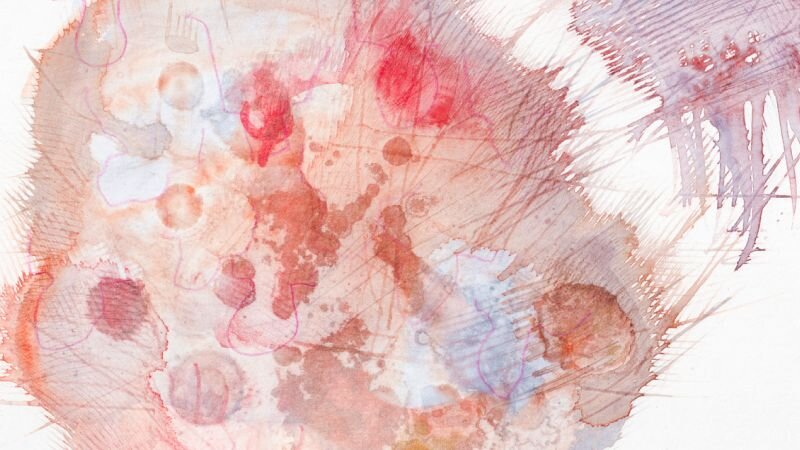
How to write a treatment plan for stress management
Stress management counseling techniques can help you hone in on appropriate stress-management treatment plan goals, objectives, and interventions.

Writing a plan isn’t always easy, since every patient comes to therapy with unique symptoms, needs, and life circumstances.
Obsessive-compulsive disorder (OCD) is a two-pronged diagnosis. People with OCD experience recurrent and persistent distressing thoughts; feel driven to complete repetitive behaviors or mental acts to self-soothe, even when doing so isn’t logical; or both. Any therapist working with someone who has OCD, then, must be ready to create a treatment plan that can help modify both thoughts and behaviors.
Crafting such a plan isn’t always easy, especially since every patient comes to therapy with unique symptoms, needs, and life circumstances. Learning more about common OCD symptoms and their management, however, can help prepare you to write a customized OCD treatment plan for your client. Here’s where to start.
A. Presence of obsessions, compulsions, or both:
Obsessions are defined by (1) and (2):
1. Recurrent and persistent thoughts, urges, or images that are experienced, at some time during the disturbance, as intrusive and unwanted, and that in most individuals cause marked anxiety or distress.
2. The individual attempts to ignore or suppress such thoughts, urges, or images, or to neutralize them with some other thought or action (i.e., by performing a compulsion).
Compulsions are defined by (1) and (2):
1. Repetitive behaviors (e.g., hand washing, ordering, checking) or mental acts (e.g., praying, counting, repeating words silently) that the individual feels driven to perform in response to an obsession or according to rules that must be applied rigidly.
2. The behaviors or mental acts are aimed at preventing or reducing anxiety or distress, or preventing some dreaded event or situation; however, these behaviors or mental acts are not connected in a realistic way with what they are designed to neutralize or prevent, or are clearly excessive.
Note: Young children may not be able to articulate the aims of these behaviors or mental acts.
B. The obsessions or compulsions are time-consuming (e.g., take more than 1 hour per day) or cause clinically significant distress or impairment in social, occupational, or other important areas of functioning.
C. The obsessive-compulsive symptoms are not attributable to the physiological effects of a substance (e.g., a drug of abuse, a medication) or another medical condition.
D. The disturbance is not better explained by the symptoms of another mental disorder (e.g., excessive worries, as in generalized anxiety disorder; preoccupation with appearance, as in body dysmorphic disorder; difficulty discarding or parting with possessions, as in hoarding disorder; hair pulling, as in trichotillomania [hair-pulling disorder]; skin picking, as in excoriation [skin-picking] disorder; stereotypies, as in stereotypic movement disorder; ritualized eating behavior, as in eating disorders; preoccupation with substances or gambling, as in substance-related and addictive disorders; preoccupation with having an illness, as in illness anxiety disorder; sexual urges or fantasies, as in paraphilic disorders; impulses, as in disruptive, impulse-control, and conduct disorders; guilty ruminations, as in major depressive disorder; thought insertion or delusional preoccupations, as in schizophrenia spectrum and other psychotic disorders; or repetitive patterns of behavior, as in autism spectrum disorder).
Specify if:
With good or fair insight: The individual recognizes that obsessive-compulsive disorder beliefs are definitely or probably not true or that they may or may not be true.
With poor insight: The individual thinks obsessive-compulsive disorder beliefs are probably true.
With absent insight/delusional beliefs: The individual is completely convinced that obsessive-compulsive disorder beliefs are true.
Specify if:
Tic-related: The individual has a current or past history of a tic disorder.
American Psychiatric Association. (2022). Diagnostic and statistical manual of mental disorders (5th ed., text rev.). American Psychiatric Publishing
Exposure and response prevention (ERP), a type of cognitive behavioral therapy, is widely considered a gold-standard treatment for OCD. ERP involves confronting triggers that spark obsessive thoughts (certain situations, objects, or images), as well as learning to cope with those triggers without resorting to compulsive behaviors (such as repeated checking, ordering, or counting).
Whether you decide to use ERP or another form of therapy, a treatment plan for OCD is never one-size-fits all. As a therapist, you should use your training and clinical experience to define goals, objectives, and interventions that reflect your patient’s unique symptoms, life circumstances, and therapeutic aims. The sample elements of an OCD treatment plan below can help you get started.
The effects of obsessive thoughts and compulsive behaviors can ripple throughout a patient’s life, so it is important to take steps to lessen them. Identifying triggers and increasing comfort with feared situations can help.
Techniques such as ERP and cognitive restructuring can help patients learn to live with uncertainty and distress, making these good interventions for your treatment plan.
People with OCD typically lean on compulsive behaviors to quell anxiety, distress, or fears about the future. Your treatment plan’s goals may involve guiding your client toward healthier regulation strategies.
Because obsessive thoughts and compulsive behaviors can be highly time-confusing and disruptive to a patient’s life, your treatment goals will likely include finding tactics for improving daily functioning at home and at work.
Many people with OCD also live with other mental health issues, including depression, anxiety, and perfectionism. Successful treatment will address all of these overlapping concerns.
While every patient demands and deserves a customized approach to therapy, there are some common elements that clinicians use in OCD treatment. Below, find a sample treatment plan for OCD.
Trey, a 32-year-old accountant, reports spending several hours per day checking locks, doors, and appliances to prevent his house from burning down or being broken into. He acknowledges that his fears are excessive, but feels intense anxiety if he does not check multiple times. At work, he struggles with intrusive thoughts about making errors in his reports, leading him to redo work excessively and miss deadlines. His compulsions have caused substantial internal distress, as well as have strained his relationship with his partner, who is frustrated by the checking rituals.
Goal 1: Reduce frequency of obsessive thoughts and compulsive behaviors.
Goal 2: Improve tolerance of uncertainty and anxiety.
Goal 3: Improve functioning at work and in relationships.

Stress management counseling techniques can help you hone in on appropriate stress-management treatment plan goals, objectives, and interventions.

Here’s what you need to know about person-centered therapy, or Rogerian therapy.

Just as there are many styles of individual therapy, group therapy sessions can be conducted in several different ways.